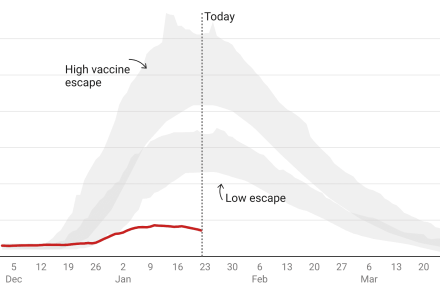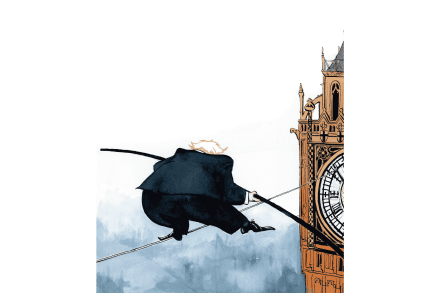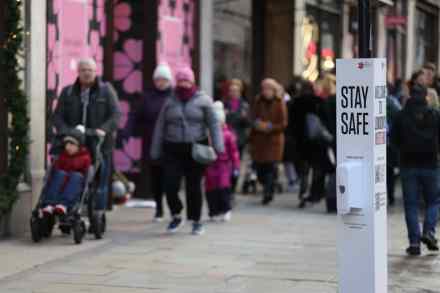Should we worry about the BA.2 Omicron variant?
When the Omicron variant (now categorised as BA.1) swept across the world at the end of last year it was seen by optimists as the final chapter in the Covid story – it was so contagious it would infect essentially anyone, but would be far less likely to cause serious illness. Now a new wave of Omicron – the BA.2 variant – is becoming dominant in many parts of the world. In the UK, cases are again on the rise. Genomic surveys show that BA.2 made up 76 per cent of new cases in England as of 5 March. The below is from the Sanger Institute: So what’s going on? Firstly, both

















